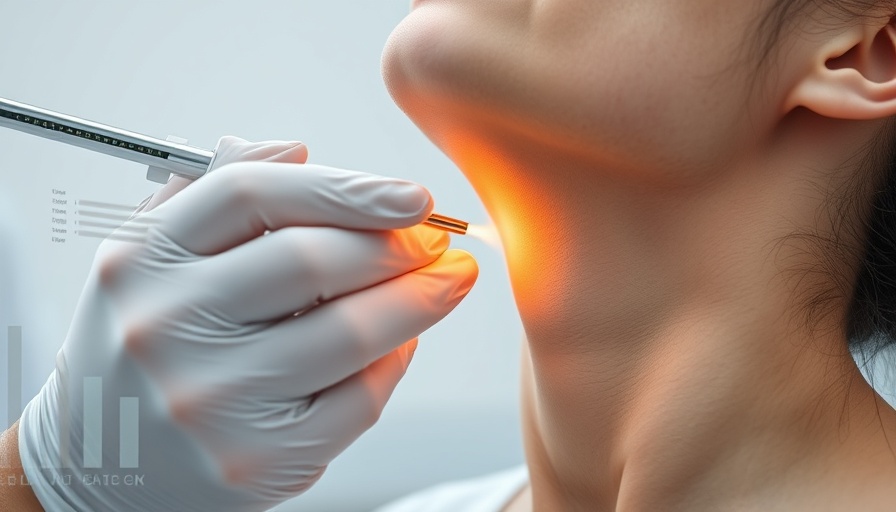
Innovations in Non-Invasive Treatments Capture Attention
This week, the dermatological community saw exciting advancements in non-invasive treatments that promise to revolutionize aesthetic procedures. A novel injection technique to prevent sunken cheeks in patients undergoing masseter hypertrophy treatment has shown high satisfaction rates four weeks post-injection. This approach favors minimally invasive techniques, reflecting the ongoing trend toward patient-friendly options that minimize recovery time and discomfort.
Tofacitinib’s Impact on Prurigo Nodularis
Tofacitinib has emerged as a promising treatment for prurigo nodularis, showing efficacy in reducing itch and skin infiltration. However, it's important to note that these effects may diminish over time, highlighting the need for continued research in anti-itch therapies. As dermatologists become more adept at addressing chronic skin conditions, this innovation is a significant step forward in improving patient quality of life.
Safe Alternatives: Large-Spot KTP Lasers for Port-Wine Birthmarks
The use of large-spot variable-pulsed KTP lasers has been validated as a safe and effective alternative to traditional pulsed dye lasers (PDL) for treating port-wine birthmarks. Over three years, this laser technology has not only remained effective but has also reduced the risks commonly associated with aesthetic procedures. Such advancements underscore the dermatological field's commitment to enhanced safety protocols and the advent of cutting-edge beauty technology.
Dupilumab: Safe During Pregnancy?
Exciting findings concerning dupilumab treatment during pregnancy suggest it carries no increased risk for adverse outcomes compared to untreated patients. This is pivotal for women looking to manage moderate to severe eczema symptoms during sensitive periods of their lives. The research reflects a growing awareness and responsiveness to women's health issues within aesthetic medicine.
The Role of Education in Dermatology Innovations
Educational resources are paramount as advancements in technologies, like dermatological AI tools, bridge the gap between medicine and machine learning. Medical students and professionals are being prepared to engage critically with these tools. The incorporation of scientific skincare and aesthetic medicine trends into educational curriculums will enhance future dermatologists' efficiency and effectiveness in practice.
Conclusion
These noteworthy developments demonstrate a commitment to innovation, safety, and patient satisfaction in the world of dermatology. As non-invasive treatments gain popularity, the focus on evidence-based solutions and technological advancements continues to inform practitioners and empower patients.
To stay abreast of the latest in non-invasive beauty treatments and skincare technologies, make sure to follow developments in this space as they unfold. Each new innovation serves to illuminate the path toward healthier skin and enhanced self-esteem.
 Add Row
Add Row  Add
Add 




Write A Comment